
Boost Sales with SEO Optimizing Etsy Store and Product Pages
SEO optimizing Etsy store and product pages is crucial for boosting your shop’s visibility and sales. Whether you’re just starting out or looking to improve your Etsy SEO game, understanding the basics can help your shop attract more shoppers. In this friendly guide, we’ll break down the steps to optimize everything from your store name to your listings and images. By following these tips, you’ll learn how to optimize Etsy listings and improve Etsy rankings with confidence. Let’s dive in!

Alt: Team brainstorming on digital marketing with overlay text “Content Marketing”, “SEO”, and “Social Media”, illustrating an Etsy SEO strategy meeting. SEO is a form of digital marketing focused on making your Etsy store and products easy to find online. In simple terms, Etsy SEO means using the right keywords in your shop and listings so shoppers can discover your products in Etsy search and on search engines like Google. By improving your Etsy SEO, you help Etsy’s search algorithm match your items to customer searches. This leads to more visibility, traffic, and ultimately sales.
What is Etsy SEO and Why It Matters
Etsy SEO involves tweaking your store and listings so they appear higher in search results. Etsy’s search engine works in two phases: it first finds listings that match a shopper’s query (matching your keywords with their search), then it ranks those listings by relevancy and quality?etsy.com?etsy.com. Key ranking factors include relevancy (how well your tags, titles, and descriptions match the search), shop quality (like your reviews and store policies), and listing quality (like clear photos and good descriptions)?etsy.com?etsy.com. In short, SEO matters because most buyers start with a search. A well-optimized shop gets found by more customers.
Search is how Etsy shoppers look for products. By including relevant keywords (the words and phrases buyers use) in your shop and product details, you increase your chances of matching those queries?etsy.com. This means your items show up in search results when people look for items like yours. Good SEO builds trust: Etsy also favors shops with a history of good service and clear, complete listings?etsy.com. Overall, understanding Etsy SEO is important because it helps connect your products with the right buyers.
Crafting SEO-Friendly Etsy Store Names and Descriptions
Your shop name and shop title are part of your brand. Etsy’s search doesn’t use your shop name directly in ranking?tizzit.co, so you don’t need to stuff it with keywords. Instead, focus on making your name memorable and on-brand. However, Etsy does index your shop title (a short tagline under your shop name), which can include keywords. Use your shop title (up to 55 characters) to describe your shop’s products or theme. For example, “Vintage Ceramics and Pottery” tells shoppers and Google what you sell?help.etsy.com.
Similarly, your shop description (the “About” section) is important for Google SEO. Describe your shop’s story, your experience, and what makes your products unique?help.etsy.com. Include some of your main keywords naturally, but keep it engaging – mention what you sell and why. For example: “We handcraft eco-friendly candles in small batches. Our Etsy store brings you sustainable home decor with a personal touch.” This way, you help Google and shoppers understand your brand (and Google likes to see expert, trustworthy sellers?help.etsy.com). In short, use your shop title and description as keyword-rich, friendly introductions to your brand.
How to Optimize Etsy Product Pages
Each product page on Etsy is your chance to shine in search. There are four key elements to optimize: item title, description, images, and tags/attributes.
Item Title: The first 50–60 characters of your title are the most important?help.etsy.com. Put your main keyword and a clear description first. For example, “Minimalist Silver Necklace – Modern Handmade Jewelry” puts the product (necklace) and material (silver) up front. Write titles that a buyer can read and understand quickly. Avoid keyword stuffing (repeating the same word over and over) as it can hurt performance?help.etsy.com.
Item Description: Describe your item in detail. Include key details like materials, sizes, customization options, and uses. The first sentence should clearly state what you’re selling (e.g. “This is a handmade sterling silver necklace with an abstract geometric pendant.”). Use relevant keywords naturally, especially those you think a shopper might use (like “handcrafted”, “artisan”, or the specific style). Go beyond the basics: explain what makes your product special and why a customer should buy it.

Alt: Illustration of a computer monitor displaying an online store with “SALE” and shopping cart icons, representing Etsy product listings and SEO optimization.
Categories & Attributes: Choose the most specific category for your item (for example, Women’s Earrings > Stud Earrings). Etsy treats categories like extra tags?etsy.com, so the more specific you pick, the more search queries you can match. After selecting a category, fill in all applicable attributes (like color, material, size). Attributes act like tags that Etsy uses for matching.?etsy.com
Tags: Use all 13 tags for every listing?etsy.com. Tags should be multi-word phrases (up to 20 characters each) that describe your item. Think of synonyms and regional spellings (e.g. “jewellery” vs “jewelry”)?etsy.com. Avoid repeating the same tag or keywords already in your title – Etsy’s help says tags, titles, descriptions, categories, and attributes all work together to match searches?etsy.com. For example, if your item is a “boho necklace”, tags might include “bohemian jewelry”, “layered necklace”, “festival fashion”, etc. Diversify your tags to cast a wide net.

Alt: Simple tag icon on a white background, symbolizing Etsy tags and keyword usage.
By optimizing your page elements – title, description, images, categories, attributes, and tags – you make your listings easy to find. Each keyword you include is like a signal pointing shoppers to your products.
Keyword Research Tips for Etsy
Choosing the right keywords is the foundation of Etsy SEO. Start by thinking like a buyer: what words would someone type when looking for your product? Write down all possible phrases, including different orders (e.g. “leather journal notebook” vs “notebook leather journal”). Use Etsy’s search bar for suggestions – when you type a word, Etsy auto-suggests popular phrases. Also try Google’s autocomplete and Google Trends to see what phrases are trending.
Look at successful competitors and note the terms they use in their titles and tags, but don’t copy blindly. Instead, find long-tail or niche keywords that describe your unique product (e.g. instead of “necklace”, use “dainty gold bar necklace”). Use seller tools or analytics (Shop Manager Stats) to see which searches brought people to your shop. Refresh your tags and titles periodically based on performance. Keyword research is an ongoing process: keep brainstorming new ideas and testing what works. Strong keywords help shoppers find your listings and improve Etsy rankings.
Best Practices for Etsy Photos and Media
High-quality visuals are crucial on Etsy. Good photos not only attract clicks, but also aid SEO. Google’s image search can bring additional traffic if your photos are well-optimized?help.etsy.com. Here are best practices:
Use Multiple High-Quality Images: Include 5 clear photos if possible: different angles, close-ups of details, and context shots (e.g. the product being used). Etsy recommends multiple images to help buyers feel confident?etsy.com.
Descriptive Alt Text: Add alt text to each image. Alt text should accurately describe the image content, using relevant keywords. For example, “Handmade sterling silver ring on a wooden background” or “Vintage ceramic mug with floral pattern”. Alt text helps visually impaired users and can boost your shop’s SEO, as search engines use it to understand the image?help.etsy.com.
Include Video if Possible: Etsy allows you to add a video to each listing. Videos show your product in use or in real life, which can increase engagement and even appear in Google’s video search?help.etsy.com. A short video can bring your product to life (e.g. spinning a keychain, or a 360° view of a handmade lamp).
Fill All Image Slots: Make sure you use every image slot for each listing to maximize appeal. If Etsy offers an About section, add shop photos or a video of your workspace to build trust.
Optimize File Names (for Google SEO): When uploading, use descriptive filenames (e.g. “blue-floral-mug.jpg” rather than “IMG_1234.jpg”). This is mostly for search engines.

Alt: High-quality product photo of a white quartz wristwatch on a white background, illustrating great Etsy product photography.
By using attractive photos and adding keyword-rich alt text, you make your listings more clickable and SEO-friendly. Remember, every image is a chance to rank in Google Images and show buyers exactly what you offer.
Leveraging Etsy Tags and Categories
Tags and categories are critical for Etsy’s search query matching. Etsy’s own guide explains that the keywords in your titles, descriptions, tags, and categories determine which searches match your listings?etsy.com. Follow these tips for tags and categories:
Use All 13 Tags: Each listing can have up to 13 tags. Use them all! Each tag is an opportunity to match a search?etsy.com. Think in multi-word phrases rather than single words, as this targets specific searches.
Avoid Duplicate Tags: Do not repeat the same phrase or synonyms in multiple tags?etsy.com. For example, if you tag “beaded bracelet” and “bracelet beaded”, it’s better to use different tags instead. All tags should be unique keywords.
Be Specific with Categories: Choose the most specific sub-category for your item?etsy.com. For instance, if you sell a gold ring, don’t just pick “Jewelry”, drill down to “Jewelry > Rings > Gold Rings”. Specific categories act like tags too?etsy.com, and they automatically include all parent categories. This means your listing could appear for a wider range of search terms related to that category.
Fill Out All Attributes: After picking a category, fill in all relevant attribute fields (color, material, occasion, etc.). These act like extra tags and can match additional searches. For example, if an attribute asks for “Material” and your item is wood, include “wood”.
Use Synonyms and Regional Spelling: Consider that buyers may use different terms. For example, tag both “colorful” and “colourful” if needed, or include synonyms (“sofa” and “couch”). Etsy shows results even if shoppers use different spellings?etsy.com.
By fully leveraging tags, categories, and attributes, you give Etsy more ways to match your product with search queries. This makes it far more likely that interested buyers will see your listings.
Common SEO Mistakes to Avoid
Even small SEO mistakes can hurt your Etsy rankings. Watch out for these pitfalls:
Keyword Stuffing: Repeating the same keywords over and over is not helpful and can backfire?help.etsy.com. Use natural language. For example, instead of “handmade wood toy, wood toy, handmade toy”, write a clear title like “Handmade Wooden Toy – Eco-Friendly Children’s Gift”.
Ignoring Tags or Not Using All Tags: Leaving tags blank or underutilizing them limits your visibility. Always use all 13 tags and refresh them if a listing isn’t getting views.
Vague Titles and Descriptions: Don’t use generic words like “nice” or “high quality”. Be specific (“silver necklace” instead of “nice necklace”). Always put the most descriptive keywords first.
Poor Photos: Low-quality or unclear images can push shoppers away (which hurts your listing’s success metrics). Use bright, clear photos on a clean background.
Skipping Alt Text: Forgetting alt text means you miss an SEO opportunity. Always add descriptive alt text for each image.
Neglecting Shop Policies or About Section: Etsy’s ranking also considers shop completeness and trust signals?etsy.com. Fill in your shipping, return, and other policy details. A well-filled shop inspires confidence in both Etsy and buyers.
Avoid these mistakes by keeping listings clear, complete, and customer-focused. Good SEO isn’t about tricking the system – it’s about genuinely making it easy for shoppers to find exactly what they want.
Conclusion
With the right steps, anyone can improve their Etsy SEO and see better traffic and sales. By learning how to optimize Etsy listings and store pages, you put your shop in front of more customers. Start by using the keywords that describe your products, writing clear titles and descriptions, and picking the best categories and tags. Don’t forget to use eye-catching photos with strong alt text. Remember, good SEO is an ongoing process: keep testing new keywords and updating your listings based on performance.
At ProfessorBlog, we hope these tips help you feel confident optimizing your Etsy store. Take action today: review one section of your shop (like titles or photos) and make a few improvements. Over time, these changes will help improve Etsy rankings and grow your sales. Good luck, and happy selling!

Alt: Illustration of money bags, coins, and a city skyline with an upward arrow, representing increased Etsy sales and SEO success.
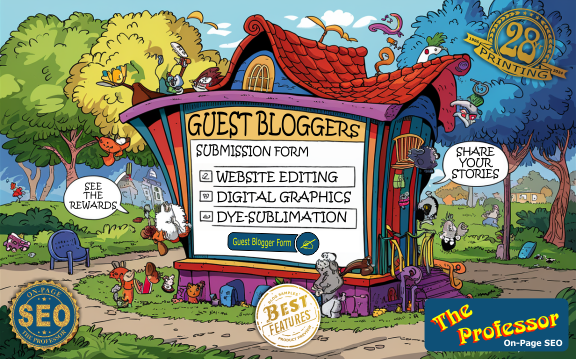

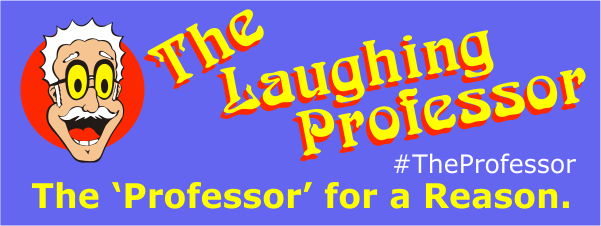
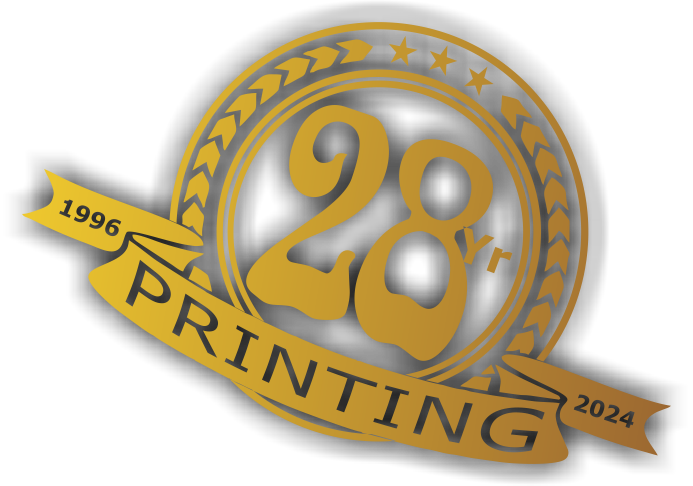 29 years of The Professor
29 years of The Professor
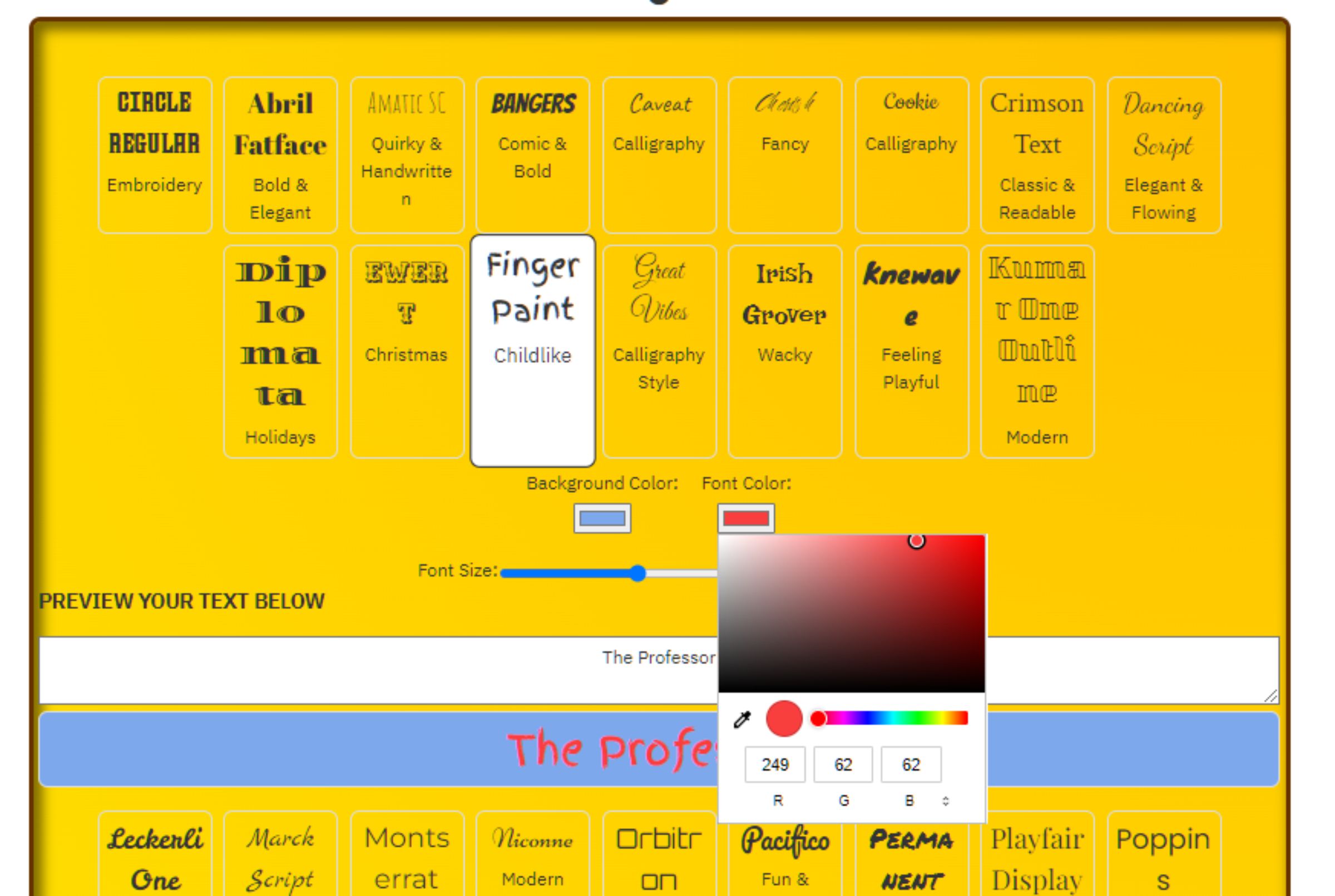
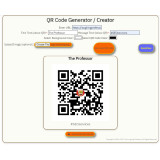

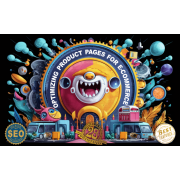
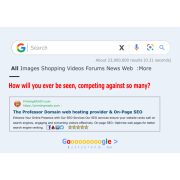
Leave a Comment